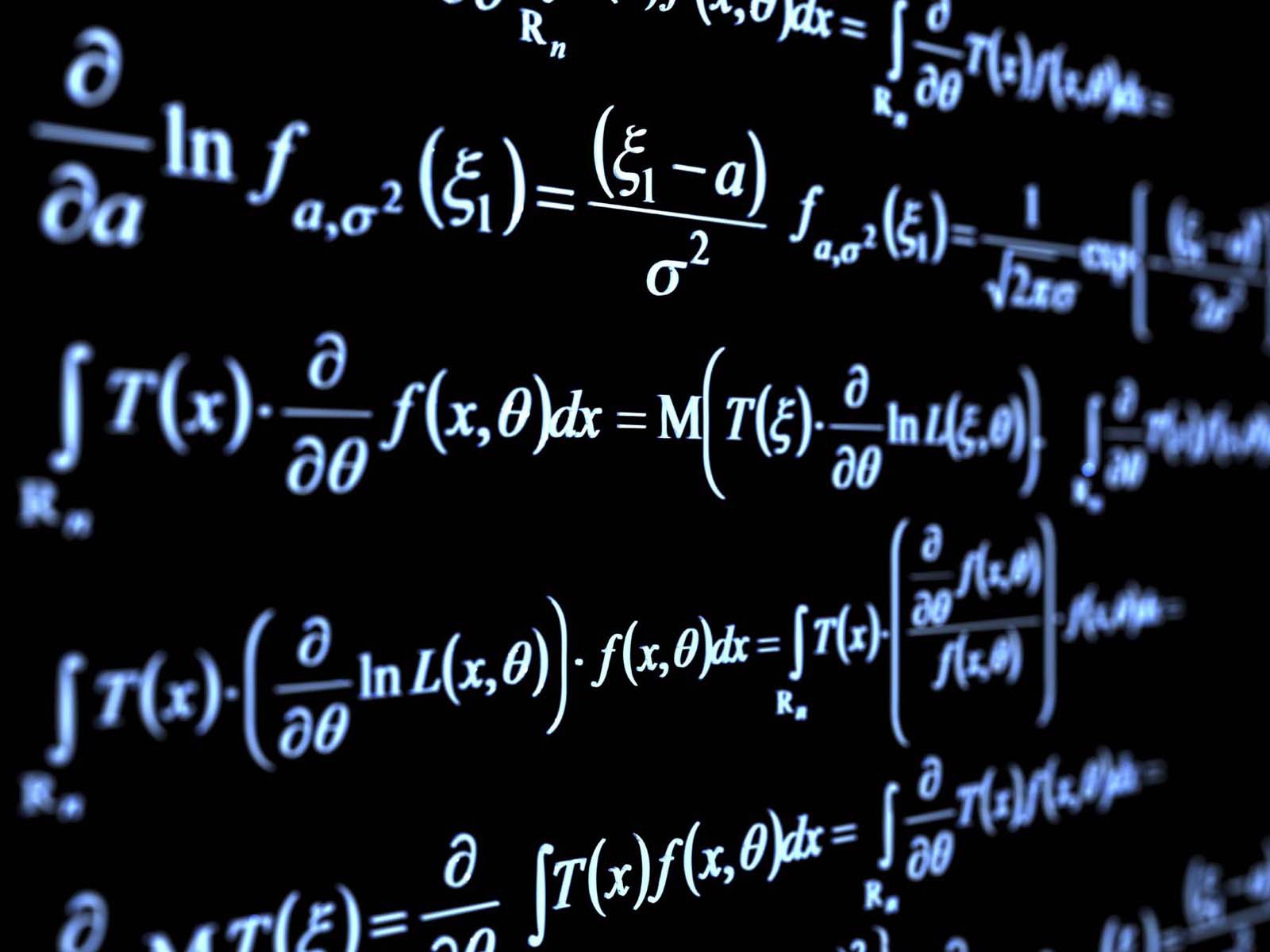Mathematics and computing are often perceived as intertwined disciplines, each enriching the other in multifaceted ways. Yet, a question arises: Is mathematics comparable with computer science and engineering (CSE) in terms of depth, complexity, and applicability? This query invites a thoughtful exploration of the essence of these fields, their fundamental principles, and their converging pathways. In addressing this question, one may wonder whether this comparison enhances our understanding of either discipline or merely obfuscates the salient distinctions.
To commence the discussion, it is essential to delineate the core characteristics of mathematics. At its apex, mathematics is an abstraction of the universe, a symbolic language crafted to describe patterns and relationships among numbers, structures, and spaces. It is the bedrock of logical reasoning and sets the stage for theoretical advancements across myriad scientific domains. Enumerating its branches—algebra, geometry, calculus, and beyond—reveals a rich tapestry of inquiry that transcends mere calculation, striving instead to illuminate the underlying truths of existence.
Conversely, computer science and engineering amalgamate systematic methodologies with pragmatic applications. CSE encompasses a broader canvas that includes algorithm design, software development, systems architecture, and the integration of hardware and software. It is an interdisciplinary domain that not only incorporates mathematical principles but also emphasizes practical implementation, data manipulation, and the optimization of processes to solve real-world problems. Thus, one must consider whether the theoretical rigor of mathematics can indeed be compared to the applied focus of CSE.
It is crucial to note that mathematics does not merely serve as an ancillary tool for CSE; rather, it is an integral component of its foundation. Fields such as discrete mathematics, linear algebra, and calculus provide the essential framework for understanding complex algorithms, programming languages, and system dynamics. For instance, concepts from graph theory find application in networking and information systems, while statistics and probability underpin data analysis and machine learning—a burgeoning area within computation.
However, juxtaposing these domains invites a deeper consideration of their divergent methodologies. Mathematics, with its emphasis on proof and abstraction, often challenges practitioners to navigate through fields of pure logic. The elegance of a theorem or the majesty of a proof evokes a sense of beauty that transcends its practical utility. Conversely, computer science is inherently iterative and experimental. It thrives on practical reveals and user testing, wherein hypotheses are swiftly validated or invalidated through real-world application. Consequently, comparison surfaces an argument as to the intrinsic values attributed to mathematical rigor versus engineering pragmatism.
One might argue that mathematics, in its quest for universal truths, detaches from the fluctuations of the empirical world, elevating it above the tangible concerns of CSE. The discipline is often steeped in abstraction, where results can remain esoteric, nuanced, and elusive to those not attuned to its intricacies. Meanwhile, CSE, with its focus on user-centered design and functionality, must grapple with the ephemeral nature of technology and its continual evolution. Nevertheless, this perception of hierarchy is contested by the fact that computational tools increasingly facilitate mathematical exploration, challenging the notion that one realm exists with greater significance than the other.
As we delve deeper, we encounter the pedagogical dimensions of both fields and the implications for aspiring scholars. Mathematics education often prioritizes understanding fundamental concepts through rigorous exercises and proofs, fostering logical reasoning skills. Such an approach cultivates a mental framework capable of addressing abstract quandaries, which can be invaluable in the realm of computer science. Conversely, CSE pedagogy emphasizes problem-solving skills, algorithmic thinking, and the ability to synthesize information from varied sources. This difference in educational focus poses a significant challenge: Should a student prioritize a robust mathematical foundation, or should one gravitate towards practical programming skills? Are these paths mutually exclusive, or do they complement one another?
When addressing the question of comparability, one must also consider interdisciplinary innovations that blend these realms. The rise of quantum computing epitomizes this synergy, demanding advanced mathematical formulations while also requiring robust engineering solutions. Such interdisciplinary confluences posit that the dichotomy between mathematics and CSE is not one of estrangement, but rather of potential coalescence. Through the collaboration of mathematicians and computer scientists, groundbreaking advancements arise, fostering innovative applications that transcend traditional boundaries.
Ultimately, the inquiry into whether mathematics is comparable to computing within CSE suggests a spectrum rather than a dichotomous relationship. While both fields exhibit unique attributes and approaches, they are inextricably linked through an ongoing dialogue that enriches each discipline. Mathematics may reside at the abstract pinnacle of intellectual pursuit, while CSE celebrates the tangible realization of ideas in the age of information. Rather than fixating on their differences, one might benefit from embracing the convergence of theory and application, recognizing that both disciplines offer invaluable insights into the enigmatic workings of our universe.
In conclusion, as technology evolves and challenges emerge, the interplay between mathematics and CSE beckons deeper investigation. Every mathematical formula can lead to unparalleled innovation in computing, while every line of code can inspire new mathematical conjectures. The convergence of these realms, therefore, does not merely position them as comparable; it highlights the necessity of collaborative exploration, where the abstract enhances the practical and vice versa. This exploration can yield a more nuanced understanding of both mathematics and computing, underscoring the richness of human inquiry.










